Filter by

Mongol Court Dress, Identity Formation, and Global Exchange
The Mongol period (1206-1368) marked a major turning point of exchange – culturally, politically, and artistically – across Eurasia. The wide-ranging international exchange that occurred during the Mongol period is most apparent visually through the inclusion of Mongol motifs in textile, paintings, ceramics, and metalwork, among other media. Eiren Shea investigates how a group of newly-conf…
- Edition
- -
- ISBN/ISSN
- 9781032238432
- Collation
- xvii,207 p
- Series Title
- -
- Call Number
- 391.00951 HEA M
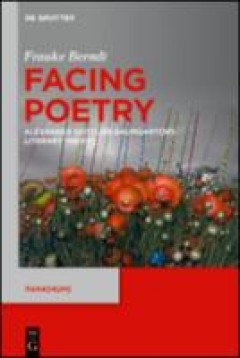
Facing poetry : alexander gottlieb baumgarten's theory of literature
What is Literature? According to Alexander Gottlieb Baumgarten, Literature is perfect sensate discourse. Based on this insight Baumgarten offers the first modern theory of literature. His uniquely holistic approach encompasses a methodology, epistemology, metaphysics, narratology, and ethics.
- Edition
- -
- ISBN/ISSN
- 9783110624519
- Collation
- 238 p.
- Series Title
- -
- Call Number
- 111.85092 ANT f
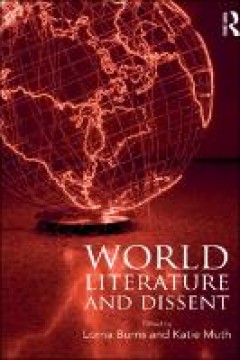
World literature and dissent
World Literature and Dissent reconsiders the role of dissent in contemporary global literature. Bringing together scholars of world and postcolonial literatures, the contributors explore the aesthetics of resistance through concepts including the epistemology of ignorance, the rhetoric of innocence, the subversion of paying attention, and the radical potential of everydayness. A…
- Edition
- 9
- ISBN/ISSN
- 9780203710302
- Collation
- viii, 204 p. : ill.
- Series Title
- -
- Call Number
- 809.933581 BUR w
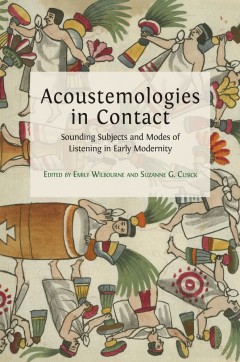
Acoustemologies in contact : sounding subjects and modes of listening in earl…
In this fascinating collection of essays, an international group of scholars explores the sonic consequences of transcultural contact in the early modern period. They examine how cultural configurations of sound impacted communication, comprehension, and the categorisation of people. Addressing questions of identity, difference, sound, and subjectivity in global early modernity, these authors s…
- Edition
- -
- ISBN/ISSN
- 9781800640375
- Collation
- 348p.: col.,ill.
- Series Title
- -
- Call Number
- 534 WIL a
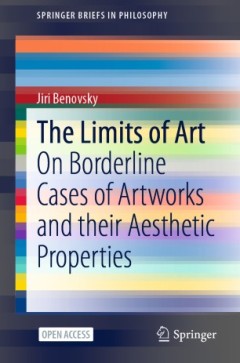
The limits of art : on borderline cases of artworks and their aesthetic prope…
This open access book is about exploring interesting borderline cases of art. It discusses the cases of gustatory and olfactory artworks (focusing on food), proprioceptive artworks (dance, martial arts, and rock climbing qua proprioceptive experiences), intellectual artworks (philosophical and scientific theories), as well as the vague limits between painting and photography. The book focus…
- Edition
- -
- ISBN/ISSN
- 9783030547950
- Collation
- ix, 57p. : ill.
- Series Title
- -
- Call Number
- 146.4 BEN l
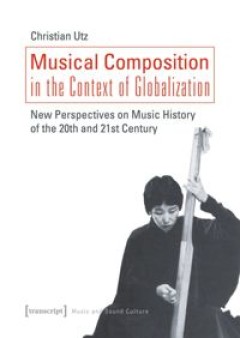
Instruments for new music : sound, technology, and modernism
Player pianos, radio-electric circuits, gramophone records, and optical sound film—these were the cutting-edge acoustic technologies of the early twentieth century, and for many musicians and artists of the time, these devices were also the implements of a musical revolution. Instruments for New Music traces a diffuse network of cultural agents who shared the belief that a truly modern music …
- Edition
- -
- ISBN/ISSN
- 9780520963122
- Collation
- XII, 236 p.
- Series Title
- -
- Call Number
- 784.190904 PPAT i
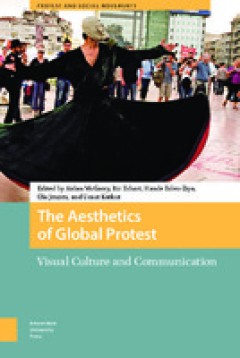
The aesthetics of global protest : visual culture and communication
Protestors across the world use aesthetics in order to communicate their ideas and ensure their voices are heard. This book looks at protest aesthetics, which we consider to be the visual and performative elements of protest, such as images, symbols, graffiti, art, as well as the choreography of protest actions in public spaces. Through the use of social media, protestors have been able to crea…
- Edition
- -
- ISBN/ISSN
- 9789048544509
- Collation
- 297 p.
- Series Title
- Protest and Social Movements
- Call Number
- 303.484 AES a
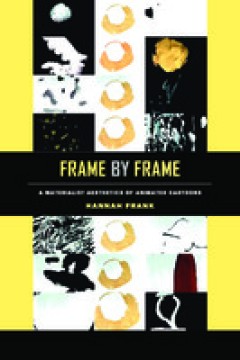
Frame by frame : a materialist aesthetics of animated cartoons
For most of the twentieth century, the making of animated cartoons was mechanized and standardized to allow for high-volume production: thousands of drawings were inked and painted onto individual transparent celluloid sheets (called "cels") and then photographed in succession, a labor-intensive process that was divided across scores of artists and technicians, most of them anonymous. In order …
- Edition
- -
- ISBN/ISSN
- 9780520972773
- Collation
- xlix, 222 p.
- Series Title
- -
- Call Number
- 791.433409 FRA f
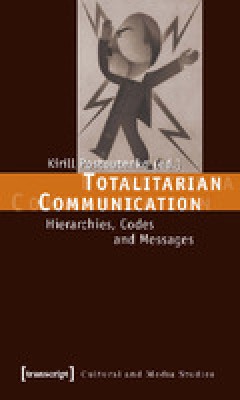
Totalitarian Communication: Hierarchies, Codes and Messages
By using history and theory of communication as an integrative methodological device, this book reaches out to those properties of totalitarian society which appear to be beyond the grasp of specific disciplines. Furthermore, this functional approach allows to extend the analysis of communicative practices commonly associated with fascist Italy, Nazi Germany and Soviet Union, to other locations…
- Edition
- -
- ISBN/ISSN
- 9783839413937
- Collation
- 316p.: ill.
- Series Title
- -
- Call Number
- 320.53 TOT t
 Computer Science, Information & General Works
Computer Science, Information & General Works  Philosophy & Psychology
Philosophy & Psychology  Religion
Religion  Social Sciences
Social Sciences  Language
Language  Pure Science
Pure Science  Applied Sciences
Applied Sciences  Art & Recreation
Art & Recreation  Literature
Literature  History & Geography
History & Geography